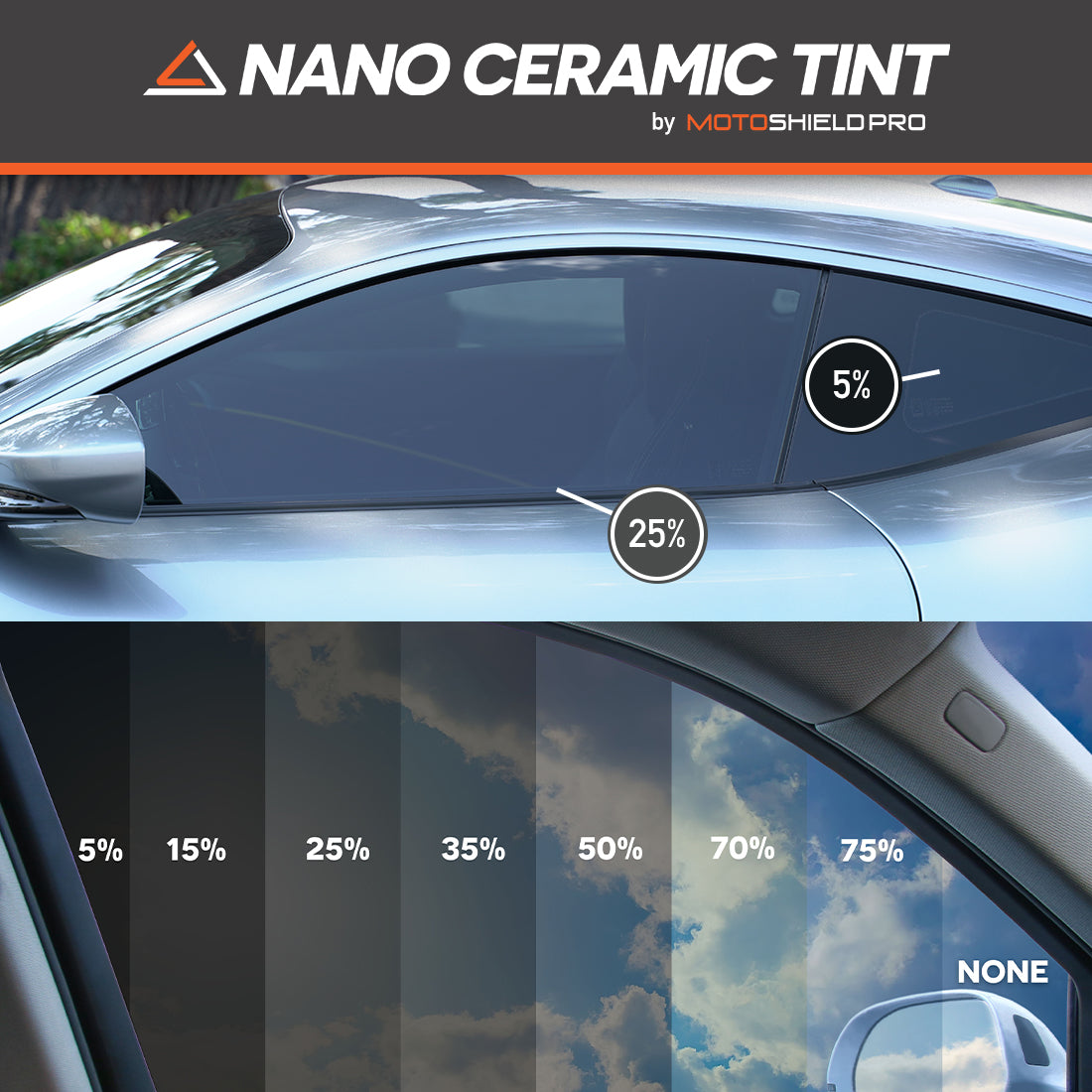Everything You Required to Understand About Automobile Window Tinting Options
Everything You Required to Understand About Automobile Window Tinting Options
Blog Article
Home Window Tinting Regulations and Guidelines: What You Required to Know Before Tinting Your Vehicle
Before proceeding with home window tinting for your automobile, it is crucial to acquaint on your own with the varied laws and standards that govern this practice across different states. These regulations determine the acceptable levels of color darkness, usually determined by noticeable light transmission (VLT) portions, and consist of particular stipulations for front windscreens aimed at making certain road safety.
Review of Home Window Tinting Rules
Window tinting legislations are often based on variation throughout various territories, reflecting local laws and safety considerations. These legislations dictate the permitted levels of tint darkness and reflectiveness on automobile home windows, making certain that motorists keep appropriate exposure while additionally protecting versus hazardous UV rays and warmth.
Most regulations categorize home window tinting based upon the Visible Light Transmission (VLT) percentage, which indicates the quantity of light that can pass through the window. Generally, reduced VLT portions signify darker colors. Regulations typically distinguish in between the front, side, and back windows, with more stringent restrictions used to the front windshield to boost safety and security for both the vehicle driver and various other roadway individuals.
Conformity with home window tinting policies is important, as infractions can result in penalties, mandatory elimination of the tint, and possible increases in insurance coverage premiums. It is necessary for vehicle proprietors to familiarize themselves with local laws prior to continuing with window tinting installments.
State-by-State Color Laws
Comprehending the details home window tinting regulations in each state is essential for vehicle proprietors looking for to follow the legislation. Each state in the united state has actually developed its very own set of regulations controling home window tinting, which can vary significantly. These guidelines commonly determine the permitted levels of color darkness, the types of home windows that can be tinted, and any type of medical exemptions that may apply.
As an example, states like California have rigid constraints on tint darkness for front windows, while others, such as New Mexico, might allow darker tints. In addition, particular states mandate particular presence percentages for different home windows, consisting of the windshield, front side windows, and back windows. It is vital for vehicle owners to acquaint themselves with their state's laws to stay clear of possible fines or fines.
Moreover, some states might need an accreditation sticker to be positioned on tinted home windows, suggesting compliance with state laws. Failing to adhere to these guidelines not just takes the chance of legal repercussions but can additionally affect safety and security and visibility while driving. As a result, automobile proprietors need to perform comprehensive research study or get in touch with neighborhood authorities to ensure complete understanding and conformity with state-by-state color guidelines.
Allowed Color Kinds and degrees
Many car proprietors might be amazed to learn that enabled color degrees and kinds differ widely across various states. Each state has established its very own regulations concerning the permitted darkness and reflectivity of window tint, usually gauged by Visible Light Transmission (VLT) percents. VLT describes the quantity of light that can travel through the tinted home windows; hence, a reduced percent indicates a darker tint.

Additionally, the kinds of color products enabled can vary, with some states forbiding metallic or mirror-like coatings. It is essential for lorry proprietors to acquaint themselves with their state's details legislations to make sure compliance. Non-compliance can result in fines, necessary elimination of the tint, or other legal repercussions, making it crucial to comprehend these laws prior to waging setup.
Medical Exemptions for Tinting
While not all states provide allocations for clinical exceptions pertaining to home window tinting, those that do identify the requirement for certain people to enhance presence and convenience due to medical conditions. Numerous medical problems, such as lupus, skin cancer, and certain eye problems, can make individuals specifically conscious sunlight. Subsequently, these people may require darker colors to shield themselves from hazardous UV rays and glow.

It is vital to keep in mind that despite having a clinical exception, there may still be constraints on the level of color enabled. Conformity click for more info with state regulations makes sure that individuals are both secured and within lawful limitations. Those considering medical exceptions must contact their neighborhood Department of Motor Vehicles or equal authority to understand the requirements and procedures needed to request an exemption properly.
Penalties for Non-Compliance
Falling short to follow window tinting laws can cause considerable fines, which differ by state. Law enforcement agencies are equipped to release citations for vehicles that do not follow the specified tinting regulations. These charges generally consist of penalties, which can range from moderate amounts to several hundred bucks, depending on the intensity of the offense and the state concerned.
In some jurisdictions, duplicated offenses might cause rising fines or additional fines, such as necessary court appearances. Additionally, non-compliance might demand the elimination of prohibited tinting, frequently at the owner's expense. In severe cases, habitual transgressors might deal with suspension of their car registration until conformity is accomplished.
In addition, insurance policy effects may develop from getting numerous citations for window tint offenses. Insurance companies may check out such offenses as a sign of riskier actions, possibly bring about boosted premiums or difficulty in insurance coverage.
To stay clear of these fines, it is important for car owners to acquaint themselves with their local home window tinting regulations and make sure that their car complies (Window Tinting). This proactive approach not just avoids lawful implications however also advertises road safety and security
Final Thought

A lot of guidelines identify home window tinting based on the Visible Light Transmission (VLT) percentage, which indicates the quantity of light that can pass via the window. Compliance with home window tinting guidelines basics is important, as infractions can result in penalties, obligatory removal of the color, and prospective rises in insurance costs.Comprehending the specific home window tinting laws in each state is vital for automobile owners looking for to abide with the regulation. These guidelines usually determine the allowed degrees of tint darkness, the kinds of windows that can be tinted, and any kind of clinical exceptions that might use.
For instance, states like California have stringent limitations on tint darkness for front home windows, while others, such as New Mexico, might enable darker tints.
Report this page